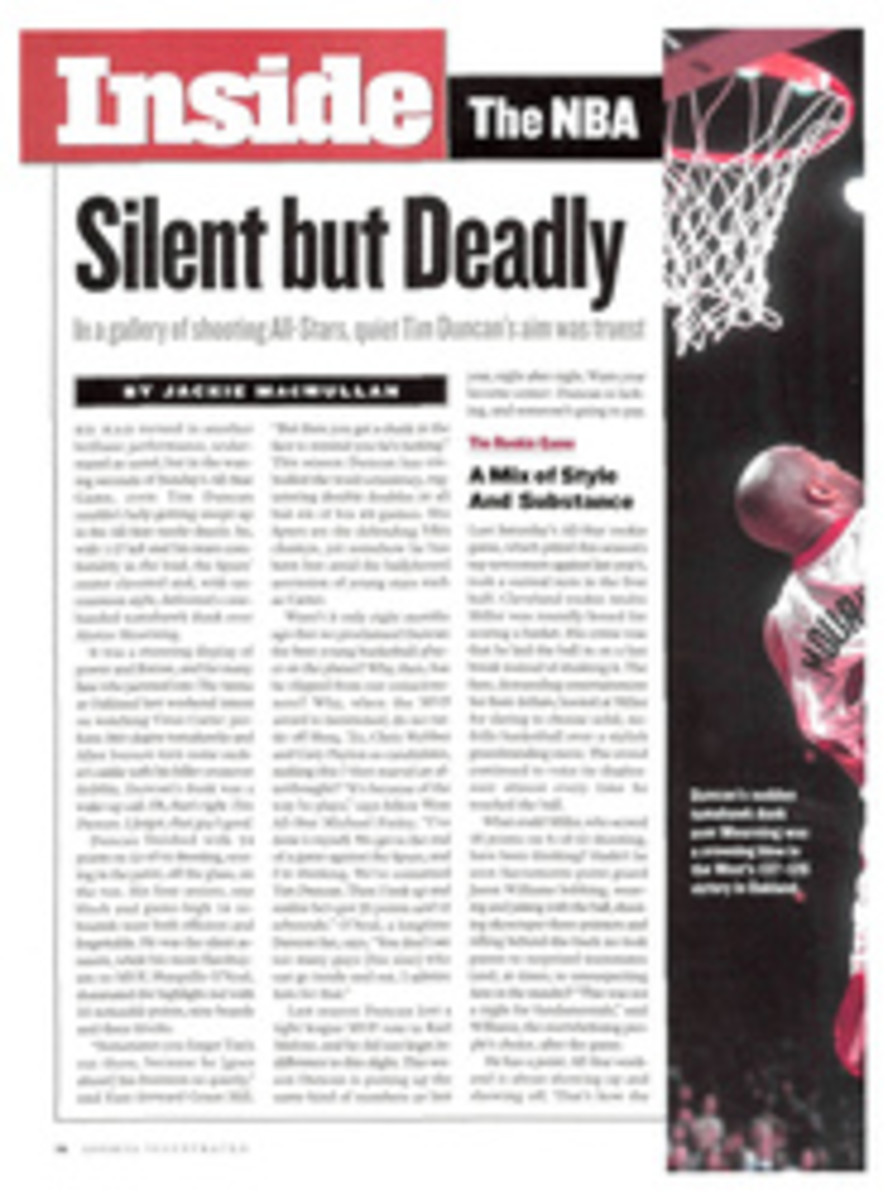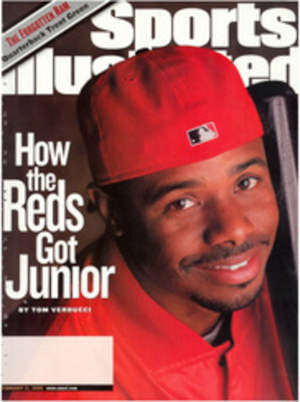
Tom Landry 1924-2000
The image--a man stoically standing on the sideline in his
trademark headwear--is enduring. "The man who wears the funny
hat," is how Cowboys quarterback Roger Staubach described his
coach, Tom Landry, at the player's retirement announcement in
1980. But Landry, who died last Saturday at 75 of leukemia, will
be remembered for much more. SI senior writer Paul Zimmerman
reflects on Landry's career in professional football.
Tom Landry was a New York favorite before he ever put X's and O's
to paper. In 1949 he played left cornerback--defensive halfback,
as it was called in those days--for the Brooklyn-New York Yankees
of the old All-America Conference, and he played the position
with a roughneck style that the fans loved. Picture an early-day
Mel Blount, and you've got Landry.
A year later folks around the NFL learned that there was a brain
to go with the muscle. Landry played that season for the Giants,
who were coached by Steve Owen. After watching the Browns, New
York's next opponent, annihilate the defending champion Eagles in
Philadelphia, Owen returned with a new defensive formation that
he had devised, the 4-3. The 26-year-old Landry was the man he
chose to break down the scheme on the blackboard for the team.
"He can explain it better than I can," Owen said.
The Browns had rolled to a 35-10 victory over the Eagles, but New
York shut down Cleveland's high-powered attack in a 6-0 win. The
4-3 remains the NFL's standard defensive set.
Six years later, in 1956, Landry coached the defense and Vince
Lombardi oversaw the offense, giving the NFL champion Giants the
most dynamic pair of assistant coaches ever to grace one staff. A
visitor to the Giants that season described a walk down the
corridor where the coaches' offices were located. "The first
office I passed belonged to Landry," he said. "He was busy
putting in a defense, running his projector, studying film. The
next office was Vince Lombardi's. He was breaking down his own
film, putting in an offense. The next office was head coach Jim
Lee Howell's. He had his feet up on the desk, and he was reading
a newspaper."
Upon seeing the visitor, Howell quipped, "With guys like Lombardi
and Landry in the building, there isn't much for me to do around
here."
Landry would go on to build the Cowboys from an undermanned
expansion team into an NFL power, first with a stunning array of
offensive formations and maneuvers, then with a solid
organizational structure. Perhaps the most unusual thing about
Landry's early years in Dallas was that he devised both an
offense and defense for his expansion babies. "I realized that I
couldn't beat anyone with my personnel," he told me. "So I had
to do it with the motion and formations and gadget plays, the
kind of stuff that bothered me most when I was a defensive
coach." The result was an offense that in 1962 averaged 28.4
points and finished second in the NFL in total yards, remarkable
achievements for a team in only its third year.
In 29 seasons under Landry, Dallas won two Super Bowls, played in
three other title games and went 20 consecutive years with a
winning record. He ranks third in career NFL victories, with 270.
In his 40-year pro career Landry was vital in forging a brand of
football that the NFL could hang its hat on.
B/W PHOTO: MARVIN E. NEWMAN

